The Global Water Partnership East Africa (GWPEA) through its Water, Climate and Development Program, has organized a two day workshop for media from 25th to 26th August 2014 to reinforce knowledge and evaluate the place given to climate change issues in media.–Diane Uwimana
“Few media are interested within the climate changes issues in their news,” remarks Egide Ndayiragije, a facilitator during the workshop. He notes that Burundi media always focus their efforts on current event. As the climate change threats the world, many people must be aware of the danger.
“Deforestation, poor agricultural practices, industrial urbanization, bush fires, CH4 gas waste management, etc are some of the direct causes of the climate change ”, Evariste Sinarinzi an Expert in Climatology, points out. Then, it is important to let know a large audience of people so that they may be resilient to climate change. There is only one straight and direct way to achieve this objective.
Evariste Sinarinzi mentions that causes take origin in the north but the bad and sad effects are felt in the south.
“Media are able to inform, educate, advert and sensitize a large audience of people so that they may change their behaviour and be aware of the climate change issue, the real threat of the World,” Christophe Gahungu, Burundi WACDEP Manager, notes.
Gahungu adds: “we want to create stakeholders’ awareness and promote positive behaviors for water security and climate change adaptations.”
Camille Karangwa, the regional Communication Officer in the GWP shares the same point of view with Gahungu. “We want to be Smart by integrated Specific, Measurable, Attainable, and Result-orientated and Time-bound tools in our WACDEP communication objectives”, he notes. The Regional Communication Officer indicates that for achieving these objectives, media should play a big role: “we can’t do anything without associating media in our combat to be resilient to the climate change.”
“Integrated water resources is everybody’s concern”
Water is life and secure world. The latter is nothing without water, so that everybody must be aware of a sustainable management of water resources at all levels in East Africa. “Careful management of water resources stresses that we must ensure a coordination of the operation of the water supply, so as to ensure long-term sustainable use for future generations”, says Evariste Sinarinzi.
Integrated water resources management (IWRM) is a process which promotes the coordinated development and management of water, land and related resources, in order to maximize the resultant economic and social welfare in an equitable manner without compromising the sustainability of vital ecosystems.
In order to succeed the integration of the water resources, Evariste Sinarinzi mentions that IWRM has three pillars such as enabling environment (policy, legal framework and financing systems), institutional roles( organizational framework and capacity building ) and management instruments( Water resources assessment, Plans for IWRM, Demand management, Social change instruments, Conflict resolution, Regulatory instruments, Economic instruments and Information management and exchange).
It is worth mentioning that WACDEP already planted 138.112 agro-forestry trees and 30,000 trees to protect the shores of Lake Cohoha (Kirundo province) threatened by agricultural activities.
The fruits also serve as sources of income. The plants have been distributed freely. This program is a cross-border activity. It is being run in Rwanda on the Hill Kamabuye, Nyamata district. WACDEP has other projects such as the demarcation of the buffer zone by level curves and fixing herbs like “tripsacum”…, the collection of rainwater in pits as well as the introduction of improved households to a rational use of firewood, etc.

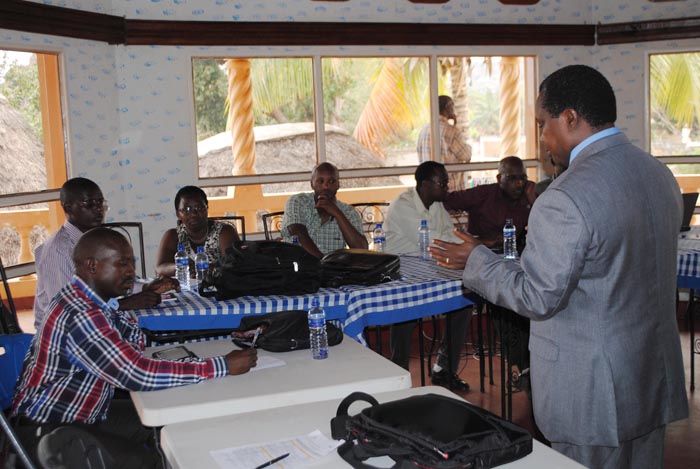
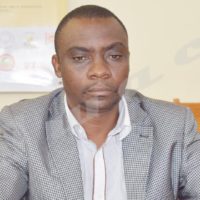
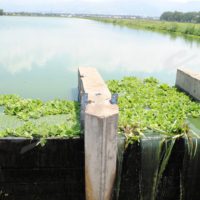
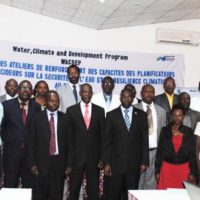
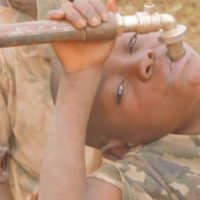
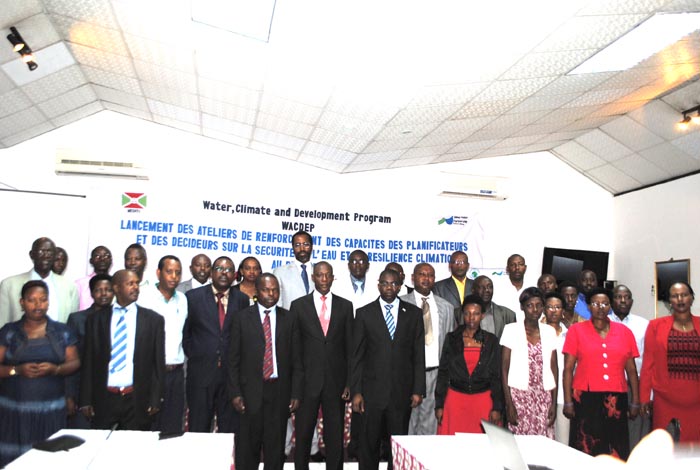













 IWACU Open Data
IWACU Open Data

